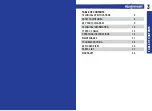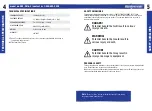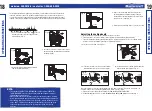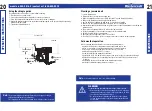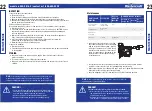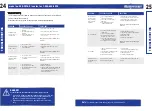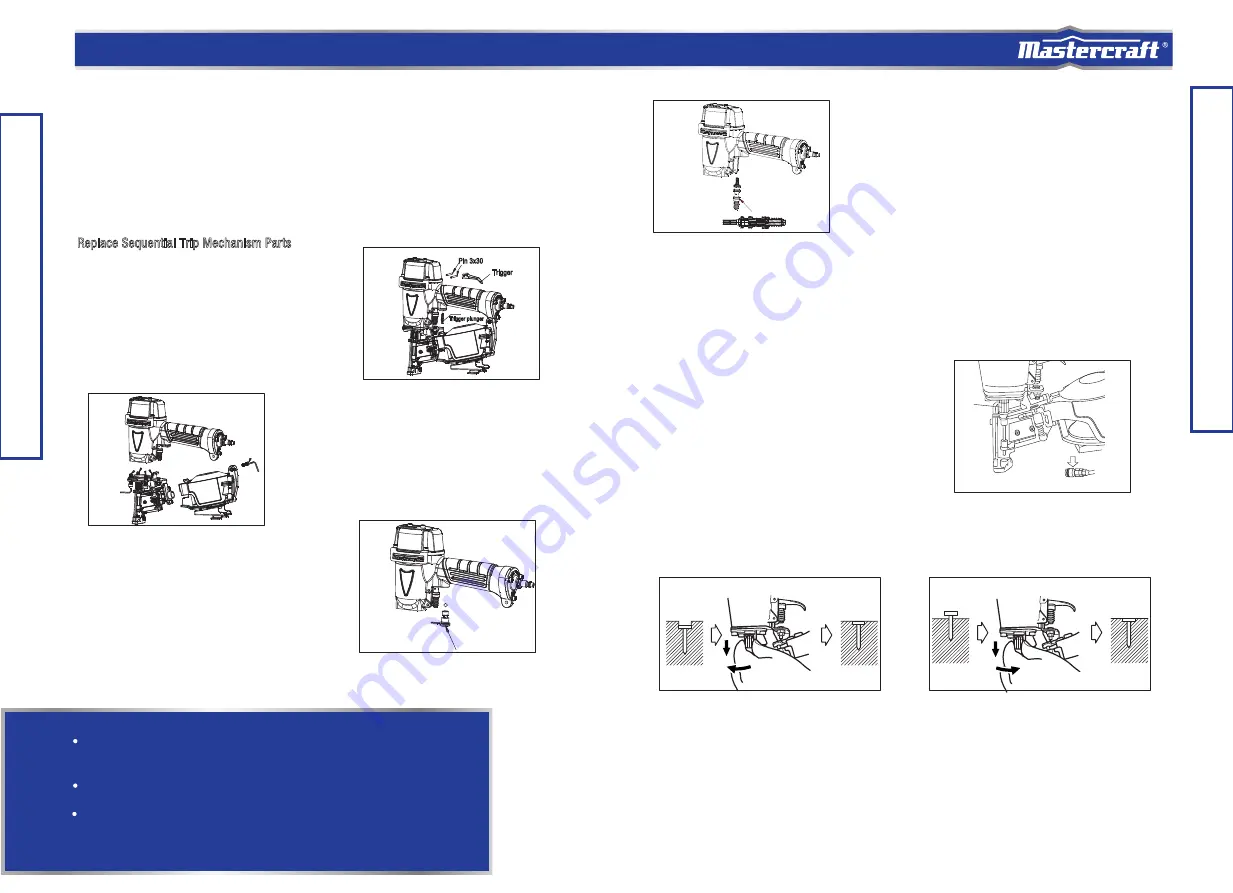
19
18
NOTE:
The standard CONTACT TRIP MECHANISM and the optional SQUENTIAL
TRIP MECHANISM are safe if used as described above and according to
all warnings and instructions.
Always handle nails and container carefully. If nails are dropped, collating
wire may be damaged and cut, which will cause mis-feeding and jamming.
After nailing: disconnect air hose from the nailer, remove all nails from the
nailer, add 5-10 drops of pneumatic tool lubricant into the air plug in the
nailer and open the petcock on the air compressor tank to drain any
moisture.
OPERATING INSTRUCTIONS
OPERATING INSTRUCTIONS
model no. 058-9809-8 | contact us 1-800-689-9928
The installed sequential fire (single shot) mechanism is useful for when precision nail placement
is desired. It may also reduce the possibility of bodily injury to you or others in the work area as
it is less likely to drive an unwanted nail by accidentally bumping the push lever while the trigger
is pulled. The bump fire (multiple shot) mechanism is useful when repetitive, fast firing is required.
model no. 058-9816-0 | contact us 1-800-689-9928
1. Insert a rod into the trigger hole, tapping the rod
with two pins and remove the trigger and the
trigger plunger (Fig. L).
Replace Sequential Trip Mechanism Parts
2. Use a M5 hex wrench to remove the screw as
shown, releasing the magazine and nail guide
assembly (Fig. M).
3. Remove the trigger valve bushing assembly
and the urethane ball (Fig. N).
Pin 3x30
Trigger
Trigger plunger
Fig. L
Ball
Fig. N
Fig. M
4. Remove the contact trip valve seat components
(including plunger and plunger spring), and then
changed into sequential trip valve seat components
and grease the o-rings (Fig. O).
5. Reassemble by comleting step 1 to 3 in reverse order.
Fig. O
Fig. P
Fig. Q
Fig. R
Part#111
Adjusting the nailing depth
h
s
u
l
F
p
e
e
d
o
o
T
Turn adjuster
2
Turn adjuster
Too shallow
Flush
2
To assure that each nail penetrates to the same depth, be sure that:
①
The air pressure to the nailer remains constant (regulator is installed and working properly).
②
The nailer is always held firmly against the workpiece. If nails are driven too deep or too shallow into the
workpiece, adjust the nailing depth using the following instructions.
1
.
Disconnect air hose from nailer (Fig. P).
2a. If the nails are driven too deep, pull the adjuster
downward and turn counter-clockwise (Fig. Q).
Adjuster
Disconnect air hose
2b. If nails are driven too shallow, pull the adjuster
downward and turn clockwise (Fig. R).
When the adjuster is released it will spring back up and can be set with a click at each 1/4 rotation. The
adjuster changes the nailing depth approximately 0.25 mm per 1/4 rotation.
3. Connect the air hose and perform a nailing test. ALWAYS WEAR EYE PROTECTION.
4. If additional adjustments are necessary, DISCONNECT AIR HOSE FROM NAILER and repeat step 2.


